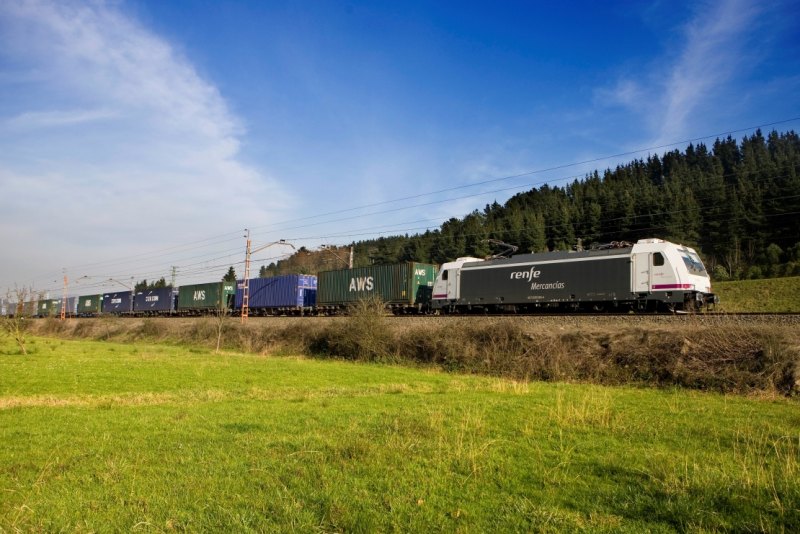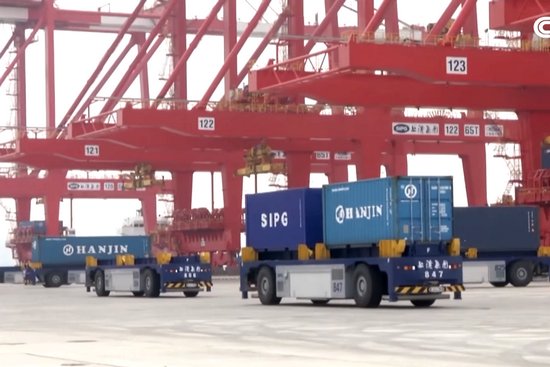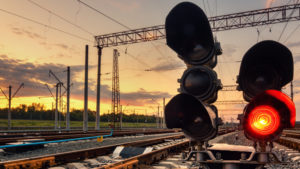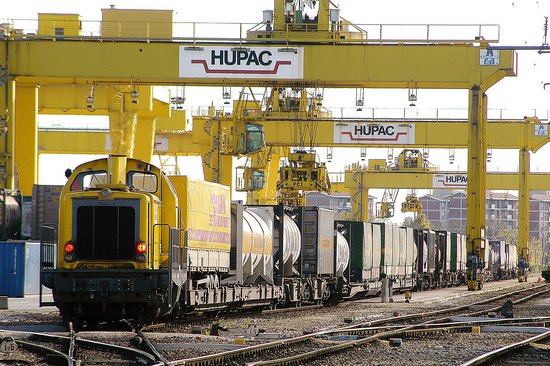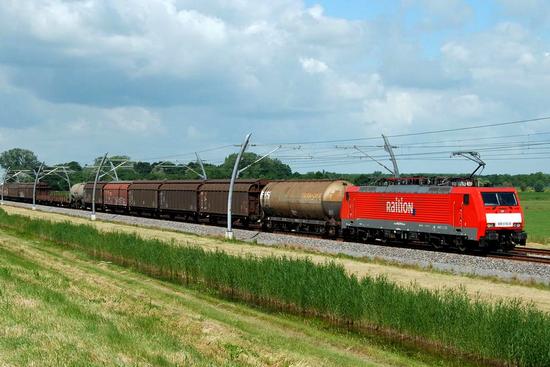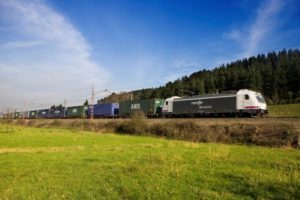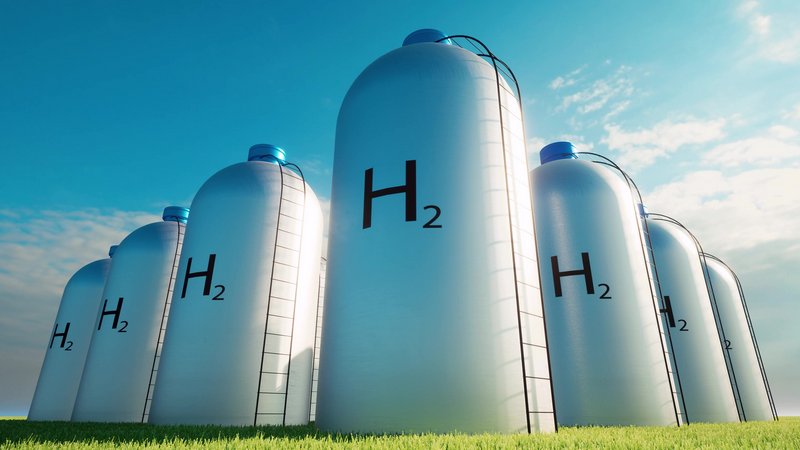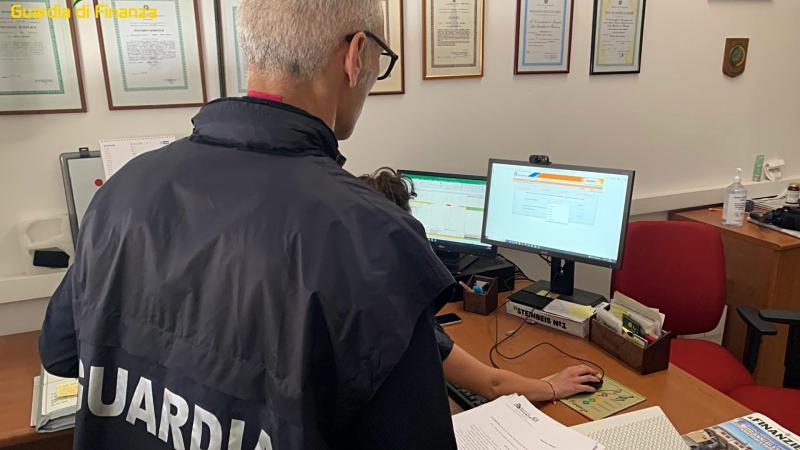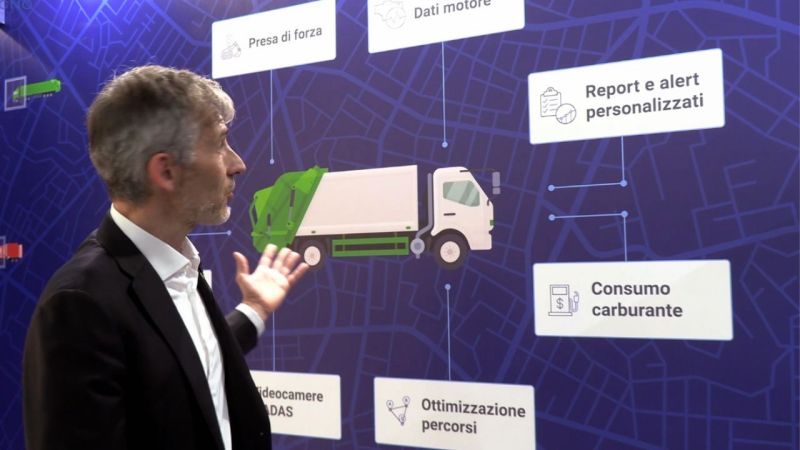The construction of the new Brenner railway corridor, in the northern access section on German territory, has been postponed indefinitely. This was reported by the Austrian regional newspaper Tiroler Tageszeitung, which indicated that the CDU/CSU parliamentary group in the German Bundestag has expressed a negative opinion on the project concerning the route through Bavaria.
The proposed route, which spans just over fifty kilometers between Grafing, southeast of Munich, and Kufstein, is being contested for its alleged negative environmental impact. The project is set to be discussed at a parliamentary committee hearing scheduled for October 16, 2024, but its fate seems already determined. In reality, the main Bavarian parliamentary group does not oppose the idea of constructing a new high-capacity railway line from Munich, through Austria, to reach the northern portal of the Brenner Base Tunnel. However, they are calling for an alternative project.
In summary, the demand is for more tunnels to make the route less impactful, including an underground crossing of the Inn River. This request, however, would logically lead to increased construction costs and extended completion times. Consequently, the timeline would shift to post-2050, an outcome that would significantly impact the overall capacity of the new corridor, considering that the base tunnel is expected to be operational, according to highly reliable forecasts, by 2032.
The request from the German parliamentarians does not come entirely as a surprise, as it reflects local sentiment. In particular, several protests have been held in Rosenheim, a populous German town near the Austrian border, against the new railway, featuring somewhat paradoxical slogans, given that the railway is intended to promote modal shift by reducing road traffic.
The fate of the northern access section to the BBT has never been particularly promising. Indeed, the general route for the new high-capacity railway between Germany and Austria was only established in April 2021, after six years of painstaking planning. The southernmost section of the new line, which concerns the contested area around Rosenheim, would extend to the easternmost part of Austria's Inn Valley. The route selected by DB, almost entirely in Germany, includes a series of tunnels that will cover 60% of the route. The alternative route would begin in Ostermünchen in Germany, north of Rosenheim, and reach Schaftenau in Austria (the northern portal of ongoing construction).
It was only in April 2022 that Deutsche Bahn began designing the variant of the line that strengthens the Rosenheim junction. Around the Bavarian city, a new line is planned, which includes two major tunnels as well as several road structures for the integration of the railway route. Despite the presence of various works that mitigate its impact, the project lacks political support, and Bavarian parliamentarians seem to align with local sentiment.
Piermario Curti Sacchi


